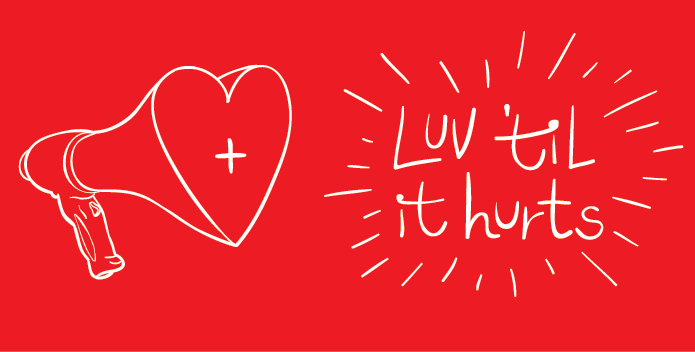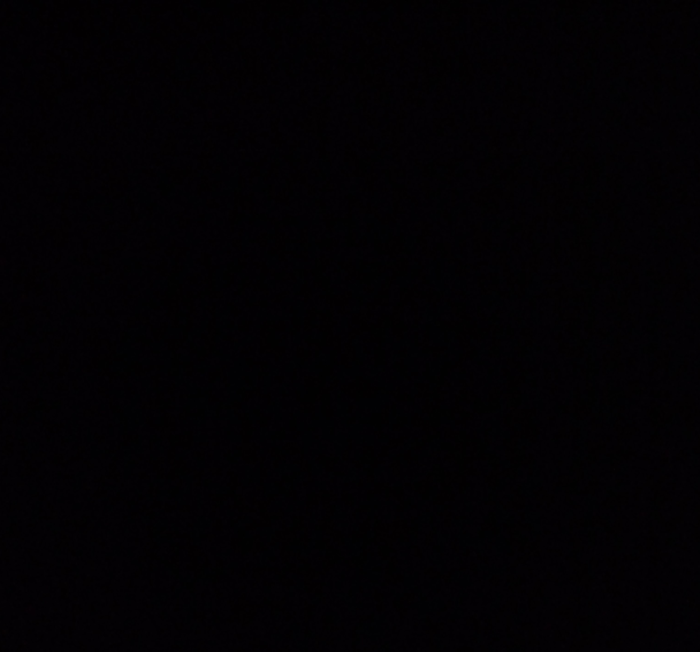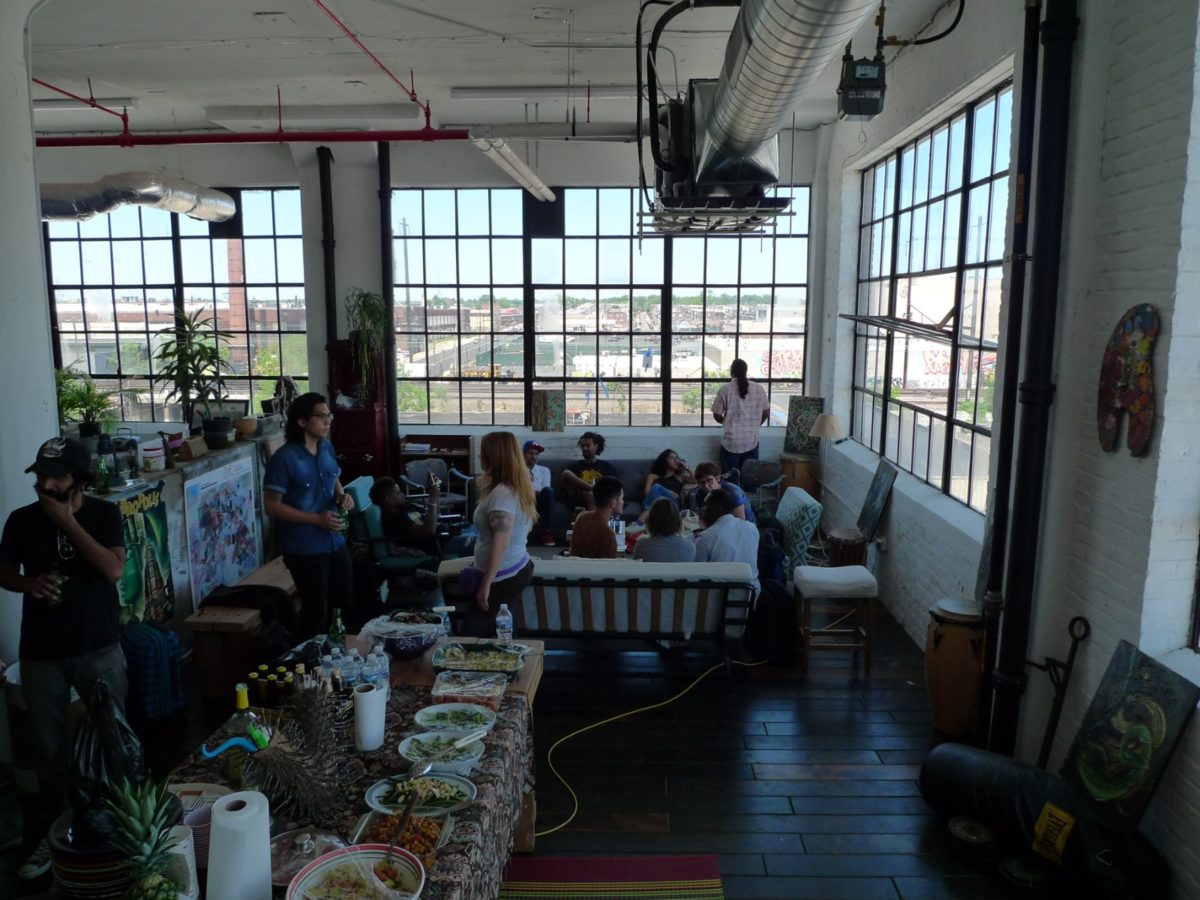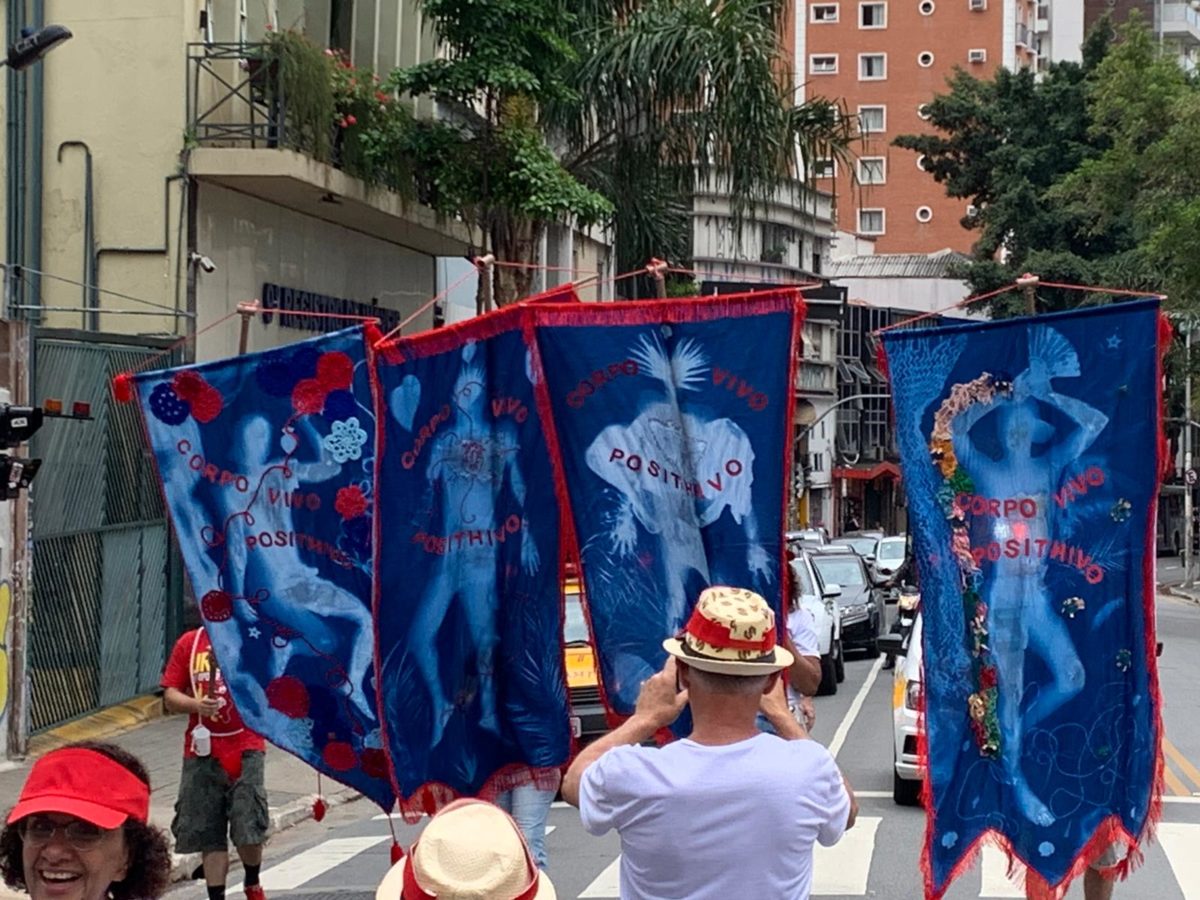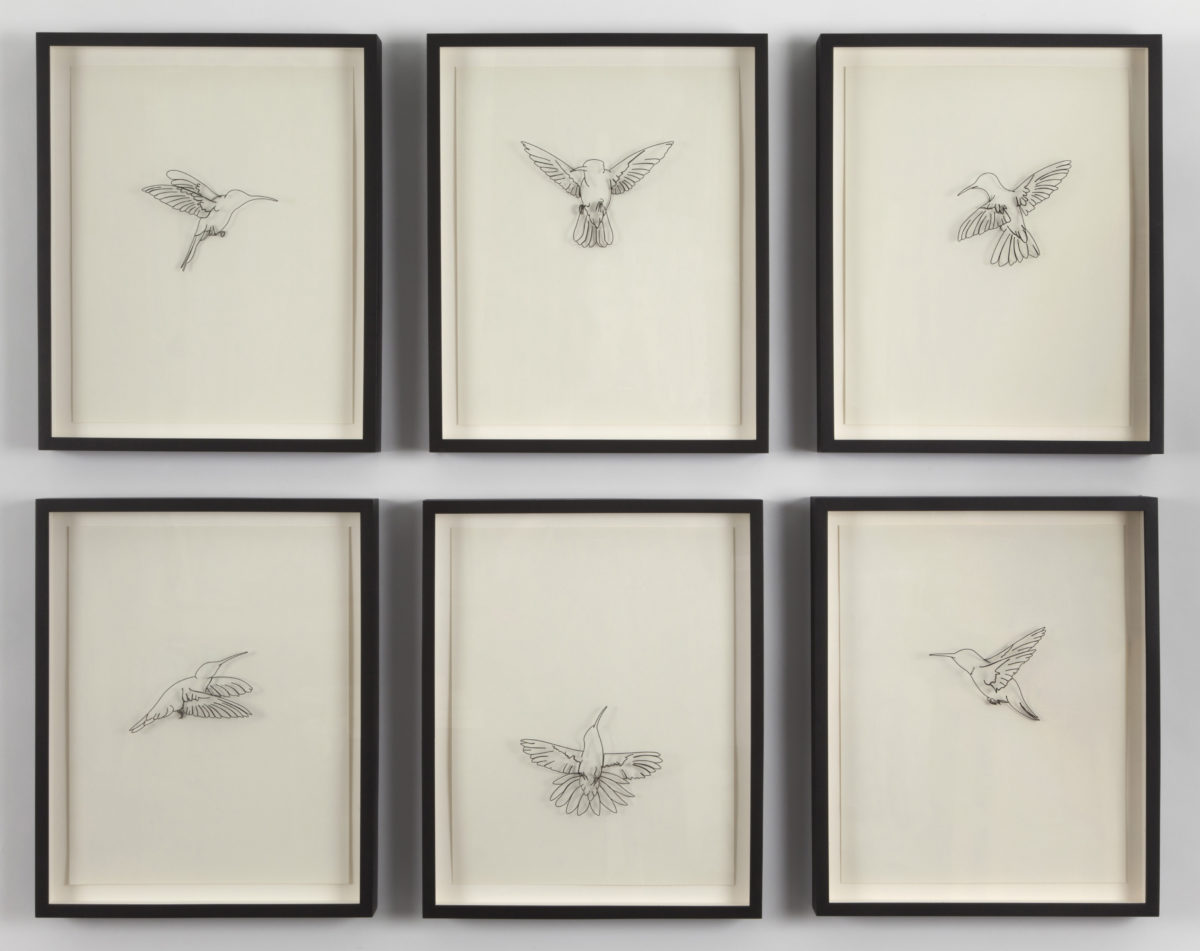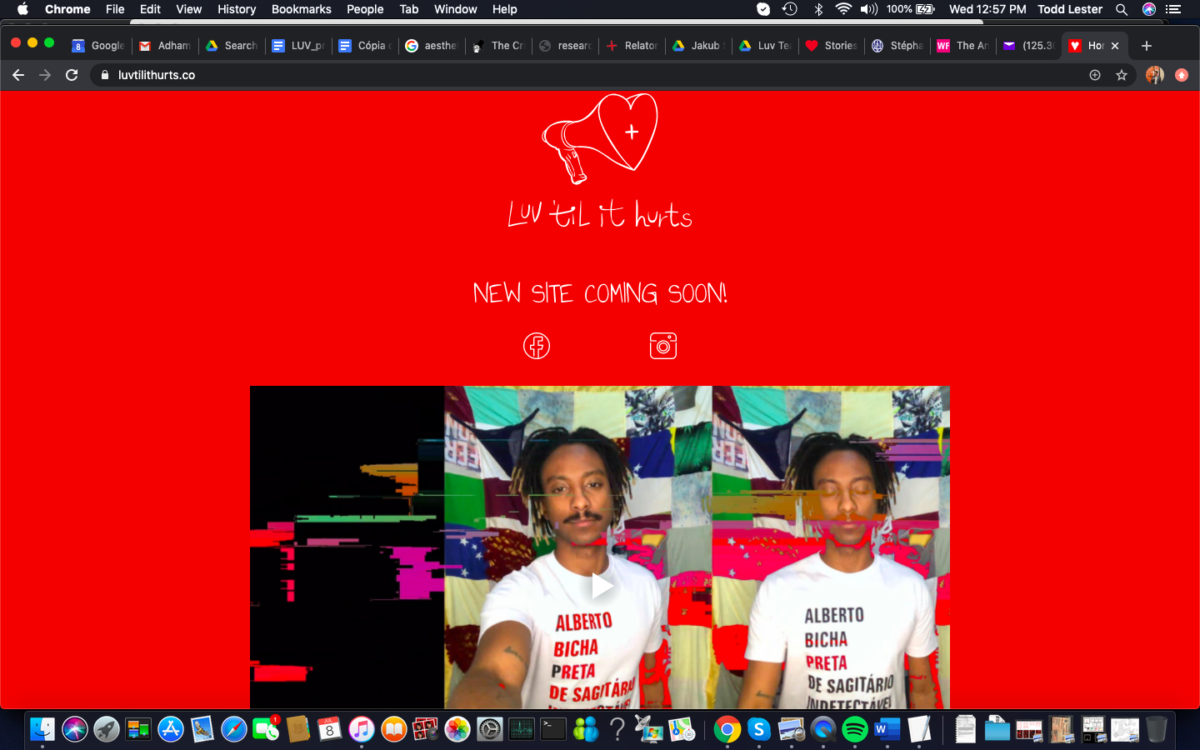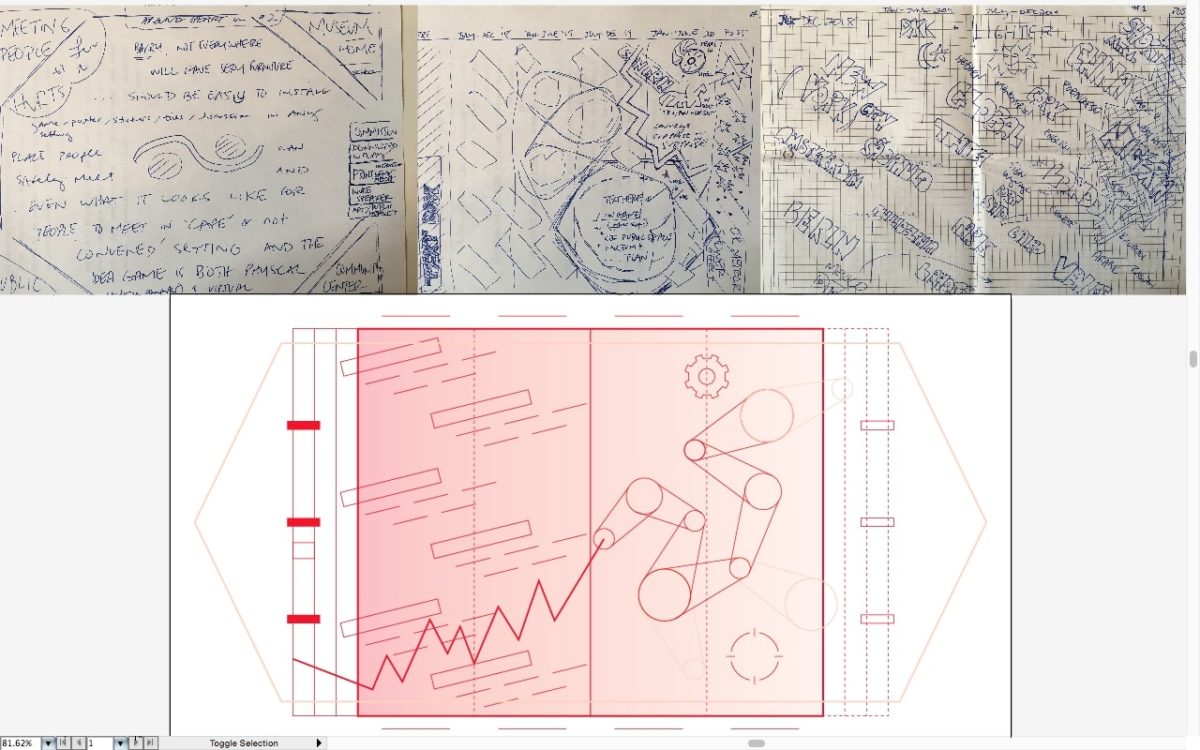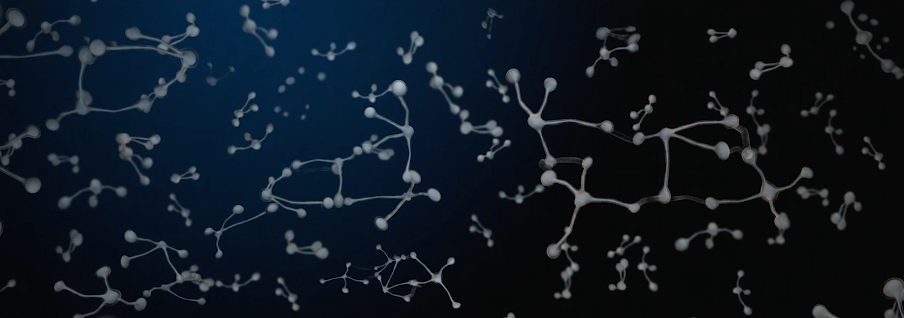WHITE [hope]
The first thing I want to say is ‘thank you’ to all the people–artists, non-artists, poz and negative folks–who took part in Luv ’til it Hurts for the past two-plus-years. While I’m still putting final touches on both RED & BLACK, I would like the last words on the site (and perhaps the first to be read) to be these: THANK YOU !!!
A simple color wheel confirms that WHITE is a symbol of ‘hope.’ Given 2020 and COVID-19, hope is in high demand. Sometimes white does not offer hard borders, and that is one way of imagining hope … just knowing that something hard to reach is also impossible to touch may neutralize a certain strain of fear.
Somewhere on this site, I speak of a one-year ‘post period’ for the estimated two-year Luv ’til it Hurts project. When I wrote this, I was already at a point of reconsidering this aspect of my methodology and how its rhetoric seemed confusing to some of the stakeholders I hoped to attract to the project. Maybe before I would have said ‘recruit’ to the project in keeping with another methodological refrain concerning ‘access to multiple stakeholders’. You see one of my goals in making one last ‘durational, multi-stakeholder, rights-focused project’ was to both clearly articulate the methodology I’ve used on freeDimensional and Lanchonete.org up to and throughout the making of Luv ’til it Hurts … and for this, I achieved my goal. I now have the notes and reflections needed (in draft form) to interrogate, share, and invite feedback on what I consider to be the artist methodology I use.
Different from freeDimensional and Lanchonete.org, Luv ’til it Hurts focused on a disease or embodied condition that I have and therefore it is unlikely that the ‘world’ of Luv ’til it Hurts and HIV will end after a prescribed two-year period by me. But, please understand that’s how I needed to frame the work in order to approach it with a customary naiveté (relatable to affect and gesture while not wholly methodological) that is required for ‘worldmaking.’ Let’s call it R&D or the research phase. I relate this ‘naiveté’ to something Dutch artist Lino Hellings told me about her use of ‘stereotypes’ in the beginning of a project, when entering a new space, public or community. And, for me, the risk would have been to ‘not apply’ my methodology to the final project, perhaps thinking I know what will happen and skipping a step. I resisted this urge for over two years during the LUV project. But since I could see early on that the personal nature of the theme more readily exposed the semantics of duration, I both used the milestones and goalposts I’d set out while simultaneously (and up close) considering their flaws. I hope that I put much less pressure on these milestones for the public of the project (its different tiers of stakeholders), but I must say the relatively short timeframe of the initial project increased pressure on my ability to both ‘lead’ and document the project. So I’m also happy these two-plus-years (July 2018-December 2020) are over.
So before my fake-farewell to the all-immersive-forever-project of LUV, let me remember the influence of US artist Eric Rhein, an artist based in NYC and living with HIV for over 30 years. He set an example for me that I plan to write about in the future. Also, the original Luv ’til it Hurts logo is by Adham Bakry as is the LUV Game, which introduced Exquisite corpse–as technique, method and aesthetic–to the overall process. EXQUISITE CORPSE expography is by Jakub Szczęsny. Every Where Alien’s poetics + pandemics, sample biograms and a Logo Poem are by Brad Walrond. Game of Swarm logic and website design are by Paula Nishijima. The R&D phase was launched by Todd Lanier Lester who also designed the LUV Fund. And Sebastien Sanz de Santamaria helped launch the Luv ’til it Hurts project in 2018 and coded the new LUV site in 2020!
And, lastly, thanks to Paula Querido Van Erven for helping me hold all the details together!
*See HIV-related activities in relation to Lanchonete.org: Arte, Saúde Pública e Estratégias de enfrentamento à Epidemia da Aids and Vidas/corpos com HIV.

